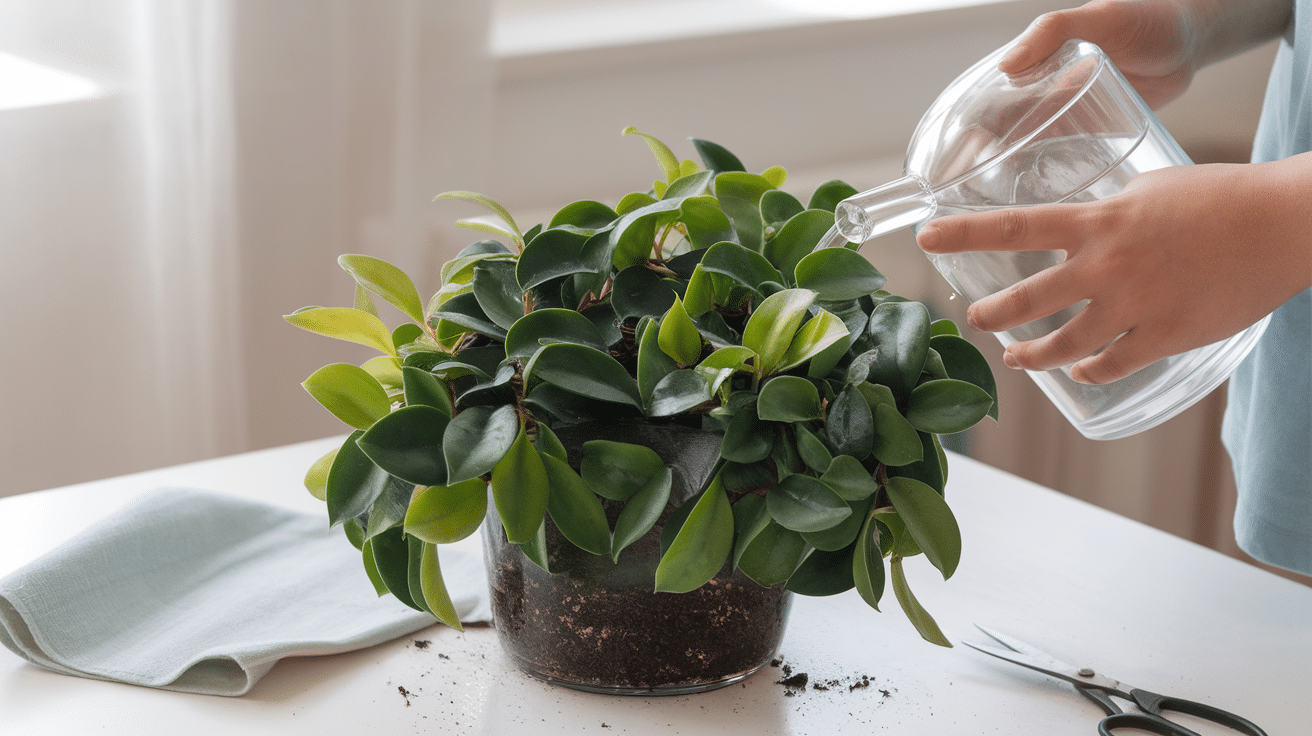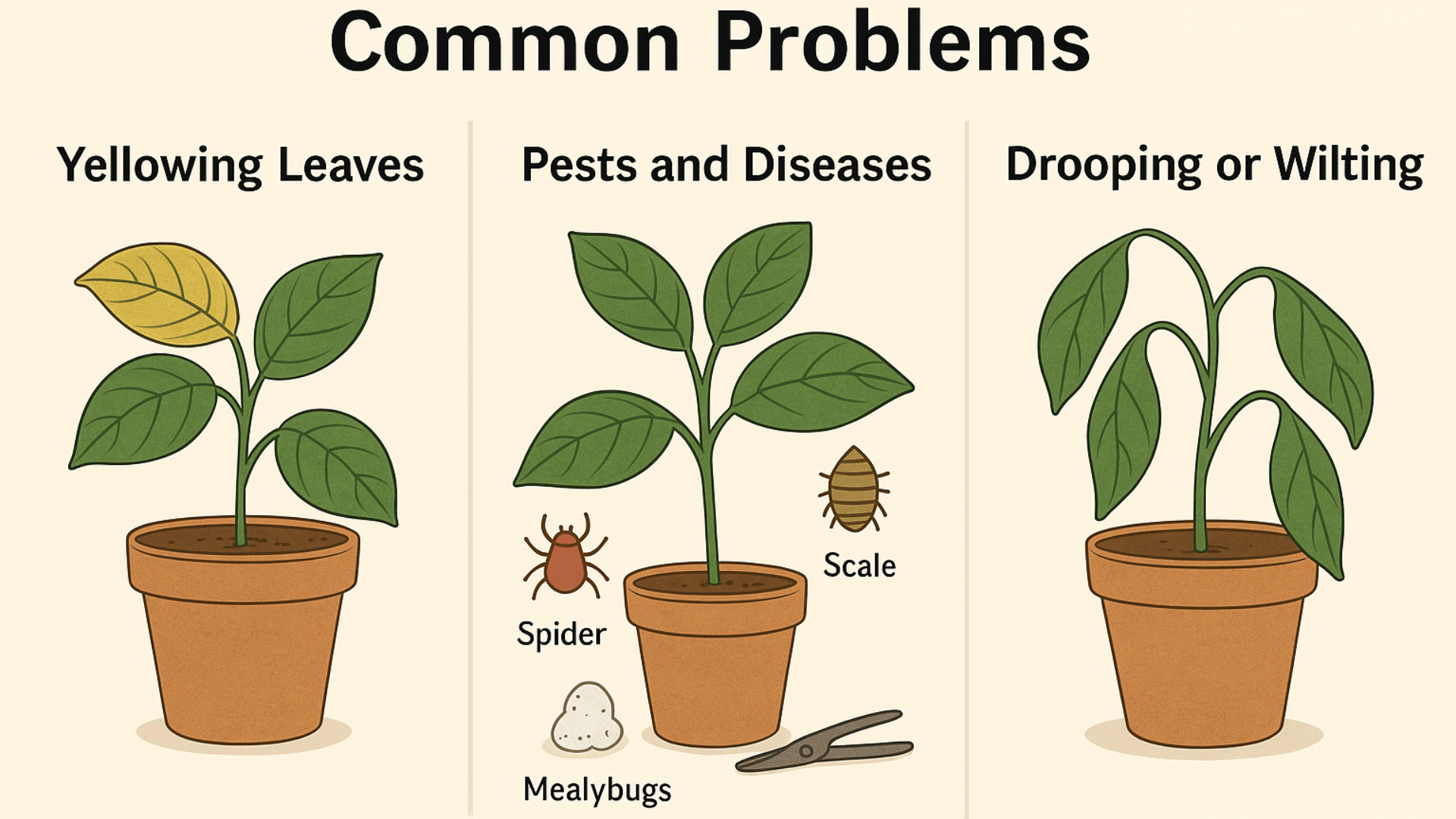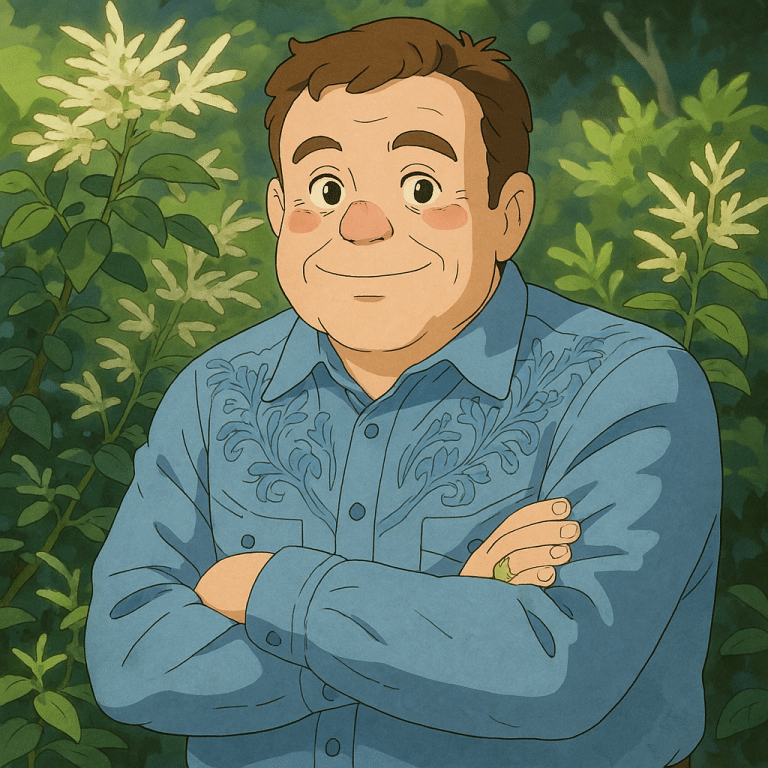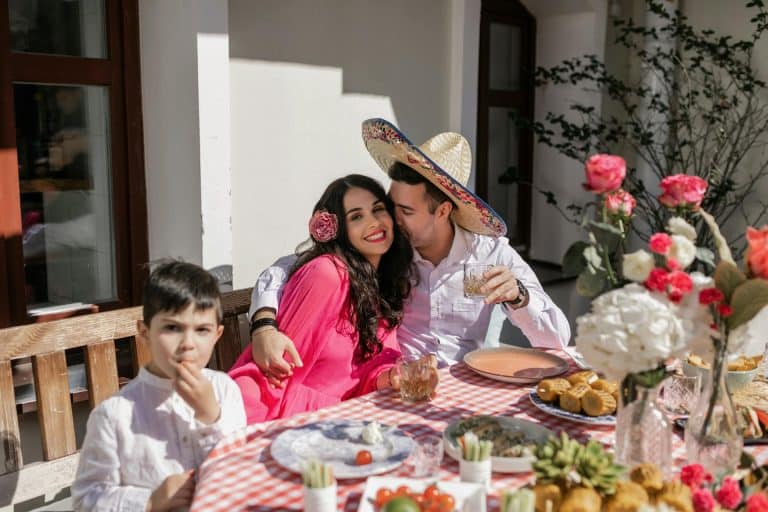Hoya sipitangensis is a beautiful plant that many indoor gardeners love to grow. This guide will help you learn all about this special plant – from what it looks like to how to care for it.
We’ll cover where it comes from, what it needs to grow well, and how to fix common problems.
You’ll also learn how to make new plants from your existing one and how it compares to other Hoyas.
If you’re thinking about adding this plant to your collection or want to take better care of one you already have, this guide has what you need.
What is Hoya sipitangensis?
Hoya sipitangensis is a special plant known for its white fuzzy flowers with a pink star in the center.
It has deep green waxy leaves that can turn red when placed in bright light.
This plant is part of the Hoya family and stands out because of its unique look. Many collectors like the plant’s special flowers and easy-to-spot features.
Origin and Habitat
Hoya sipitangensis was first found in the Sipitang area of Sabah, Malaysia.
This plant grows in the thick forests of Borneo, where it clings to trees. It likes warm, wet places with some shade.
In its home area, this plant can be seen climbing up trees to get just the right amount of light.
The plant has grown used to the rainy forests of Southeast Asia, where it thrives with high air moisture.
Ideal Growing Conditions for Hoya sipitangensis
To help your Hoya Sipitangensis grow well, you need to pay attention to a few key things. The right light, proper temperature, good humidity, and correct soil will make your plant happy and healthy.
1. Light Requirements
Hoya Sipitangensis grows best in bright, indirect light. Put it near a window with a sheer curtain to filter the sun.
Morning light is good, but avoid the harsh afternoon sun. Too much direct light can burn the leaves, causing brown spots. If the leaves turn very red, the light might be too strong.
2. Temperature and Humidity
Keep your Hoya Sipitangensis in temperatures between 60-85°F for best growth. This plant does not like cold drafts or sudden temperature changes.
It needs a high humidity of 60-80%. To achieve this, you can use a small humidifier, place the plant on a pebble tray with water, or mist it often. Grouping plants also helps increase humidity.
3. Soil and Fertilizer
Use a well-draining, light soil mix for Hoya Sipitangensis. For good results, mix orchid bark, perlite, and peat moss. This plant does not need heavy soil.
Feed it with a balanced liquid fertilizer at half-strength once a month during spring and summer. When growth slows down in fall and winter, stop feeding.
Watering and Care

Taking good care of your Hoya Sipitangensis means knowing when and how to water it, as well as some basic upkeep. These simple care steps will help your plant stay strong and grow for many years.
Watering Tips
Watering your Hoya Sipitangensis correctly is key to keeping it alive and well. This plant needs a careful balance – not too much and not too little water.
Following the right watering steps helps stop common problems and keeps your plant looking its best.
- Water only when the top 1-2 inches of soil feel dry to the touch
- Use room temperature water to avoid shocking the roots
- Water less during winter months when growth slows down
- Look for yellow leaves as a sign of too much water
- Watch for wrinkled leaves, which means the plant needs more water
Pruning and Maintenance
Hoya Sipitangensis doesn’t need much pruning, but some basic care helps it look better. Cut off any dead or yellow leaves with clean scissors.
Don’t remove the flower stalks after the blooms fade – new flowers will grow from these spots again.
Wipe leaves with a damp cloth to remove dust and help the plant breathe better. Check for pests every few weeks.
Common Problems with Hoya sipitangensis

Even with good care, Hoya Sipitangensis can face some issues. Knowing what to look for helps you spot and fix problems fast.
These common issues can be fixed with quick action and the right steps.
Yellowing Leaves
Yellowing leaves on your Hoya Sipitangensis often indicate watering issues. Too much water makes roots rot and leaves turn yellow. Not enough light can also cause yellow leaves.
Check the soil—if it feels wet and the pot has no drain holes, move the plant to a new pot. Cut back on watering until the soil dries out. If light is the issue, move your plant to a brighter spot but away from direct sunlight.
Pests and Diseases
Hoya Sipitangensis can get pests like spider mites, mealybugs, and scale insects. Spider mites leave tiny webs and small dots on leaves. Mealybugs look like small white cotton bits. Wipe leaves with soapy water to remove most pests.
For bad cases, use neem oil spray once a week for three weeks. Root rot is a common disease caused by wet soil. It makes leaves turn black and stems get soft. Cut off bad parts and plant in fresh, dry soil.
Drooping or Wilting
Drooping or wilting in Hoya Sipitangensis often means water problems. Too little water makes leaves shrink and stems droop, while too much water makes stems soft and floppy. Check the soil—if it’s bone dry, water slowly until it runs out the bottom of the pot.
If the soil stays wet for days, your plant might need better drainage. Check that your pot has drain holes, and use chunky soil that dries out faster.
How to Propagate Hoya sipitangensis
Propagating Hoya Sipitangensis lets you make new plants from your existing ones. This process helps you grow your collection without buying more plants and gives you extras to share with friends or fix a sick plant.
Follow the steps below to propagate your Hoya.
- Choose a healthy stem with 2-3 leaf nodes and cut it just below a node using clean scissors.
- Remove leaves from the bottom node where it will go in water or soil.
- Let the cut dry for 1-2 hours to form a callus at the cut end.
- Place the cutting in a small container with clean water, making sure the node is submerged but the leaves stay dry.
- Place the container in a warm spot with bright, indirect light. Change the water every 3 to 4 days.
- Wait for roots to grow, which typically takes 2-4 weeks. Before planting, roots should be about 1-2 inches long.
- Plant the rooted cutting in a well-draining soil mix and keep it slightly moist until new growth appears.
Hoya sipitangensis vs. Other Hoyas
Many types of Hoyas exist in plant collections. Knowing how Hoya Sipitangensis compares to other similar plants helps you pick the right one for your space and gives you better ideas for care.
Hoya Sipitangensis vs. Hoya Sunrise

Hoya Sipitangensis has white fuzzy flowers with a pink star center, while Hoya Sunrise has pink to red flowers. Sipitangensis leaves are deep green and waxy and turn red in bright light.
Sunrise leaves are naturally red to purple. Both plants need similar care, but Sunrise can handle a bit more light. Sipitangensis grows more slowly and stays more compact.
Sunrise tends to vine more and grows faster when happy.
Comparing to Other Similar Hoyas
Hoya Obscura looks like Sipitangensis but has darker leaves and cream flowers with a red center. Hoya Brevialata has smaller, rounder leaves than Sipitangensis and grows more as a trailing plant.
All these Hoyas need well-draining soil, but Sipitangensis can handle slightly less water than the others. For anyone new to Hoyas, Brevialata is often easier to grow than Sipitangensis.
Obscura needs more humidity to look its best.
Wrapping Up
Growing Hoya Sipitangensis at home can be a fun and rewarding hobby. With the right care, this plant will thrive and might even bloom with its pretty white fuzzy flowers.
Remember to check the soil before watering, keep it in bright but indirect light, and give it the humidity it needs.
If you encounter problems, don’t worry—most issues have simple fixes. Try propagating new plants to expand your collection or share with plant-loving friends.
Hoya Sipitangensis may not be the easiest plant to grow at first, but once you understand its needs, it becomes much simpler.
Give this special plant a try, and you might find yourself joining the many plant fans who can’t get enough of these amazing Hoyas.













